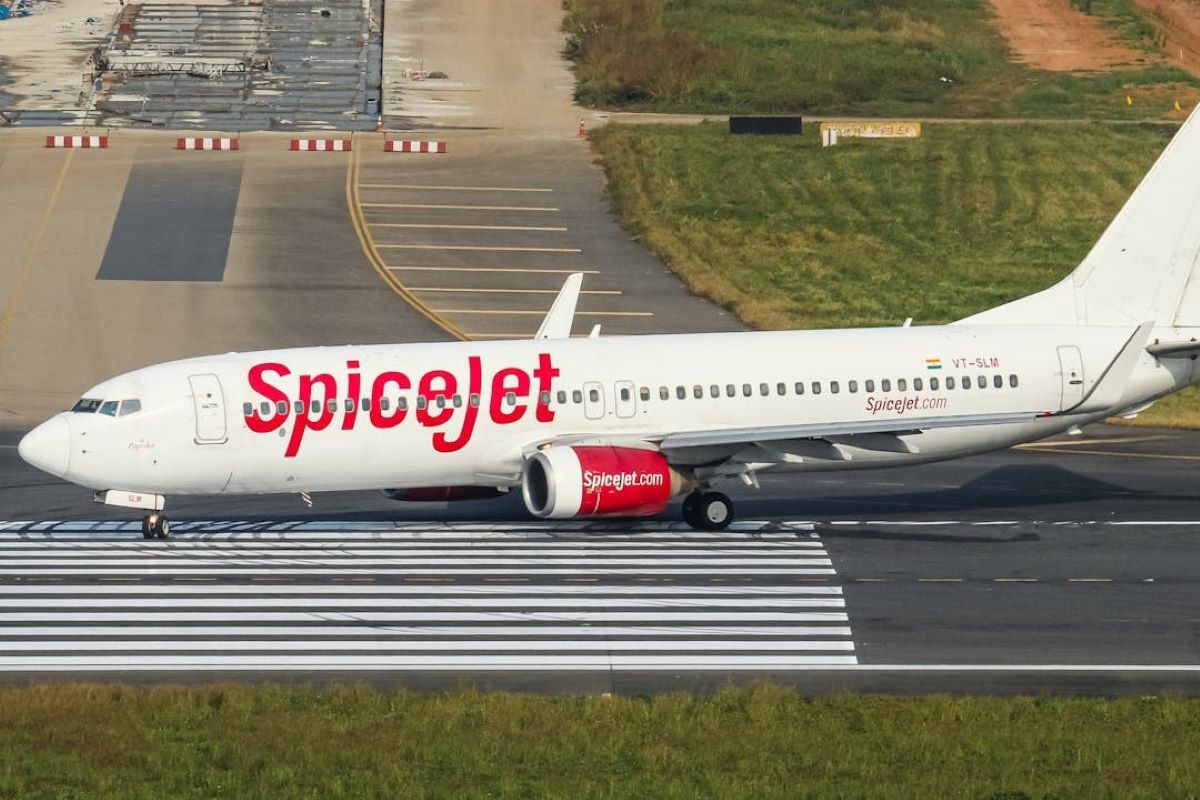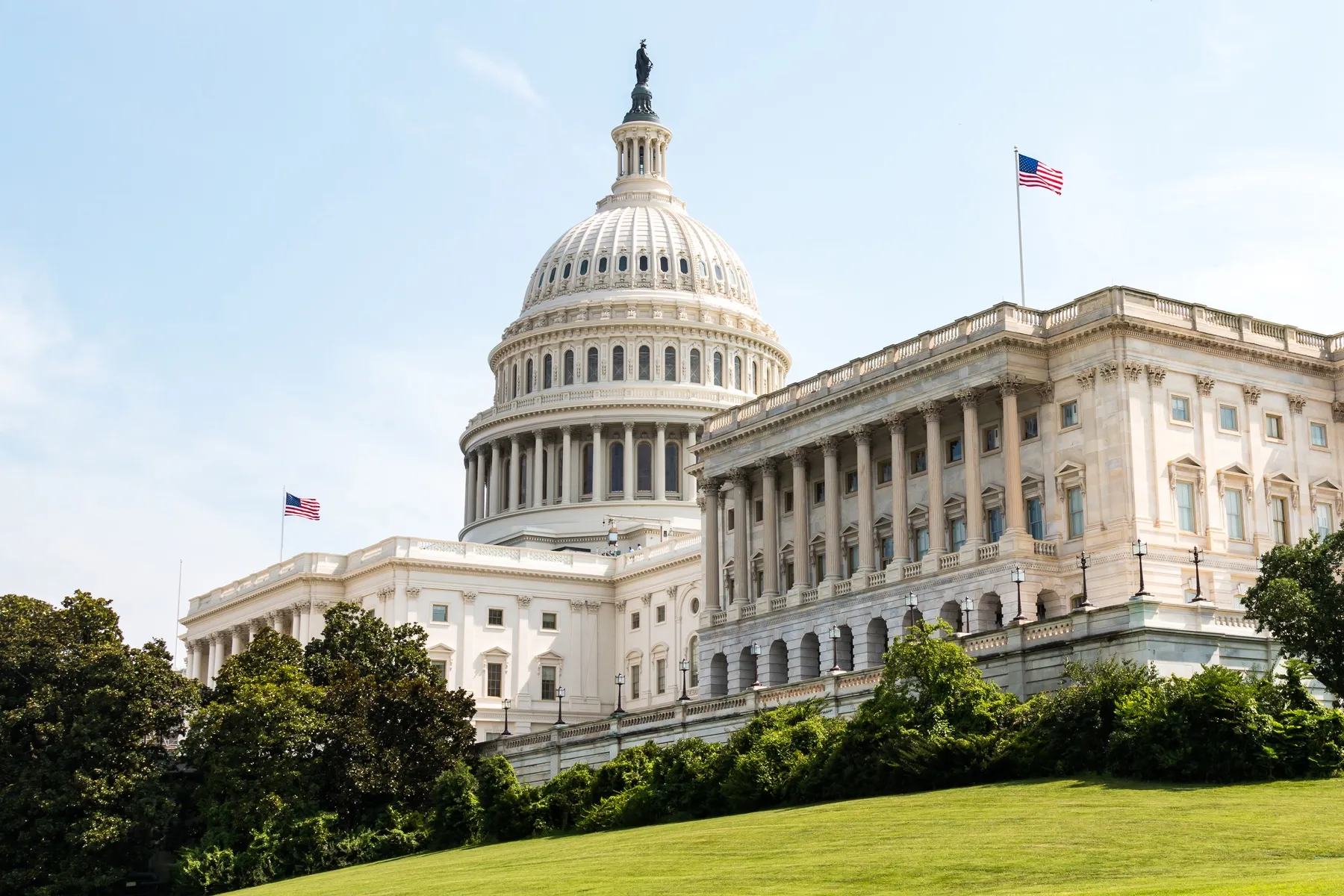Struggling SpiceJet to Raise $358 Million - India Report

Skift Take
Low-cost Indian carrier SpiceJet has secured its board's approval to raise up to INR 30 billion ($358 million) through institutional investors, a move disclosed in a filing to the Indian stock exchange on Tuesday.
This infusion of funds aims to help the airline reduce its debt and bolster its balance sheet, especially as it grapples with legal battles over unpaid dues to aircraft lessors, vendors, and suppliers.
SpiceJet recently announced a 72% reduction in its net loss versus last year. But, despite this improvement, the airline has posted losses for six straight years.
The financial woes of SpiceJet are further compounded by lessors taking legal action to recover unpaid dues and requesting the country's aviation regulator to de-register the airline's planes.
Struggling to raise funds, SpiceJet has faced challenges in getting its grounded jets back in the air, which has led to a loss in market share. In the June quarter this year, SpiceJet's market share fell to 4.2%, from 14.5% in the same quarter in 2019.
SpiceJet’s Fundraising Efforts: In January, SpiceJet's board approved a proposal to raise approximately INR 22.5 billion ($268.8 million) from 64 entities. These entities included financial institutions, foreign institutional investors, high net-worth individuals, and private investors.
By February, the airline successfully raised around INR 10.6 billion ($126.6 million) from this effort.
In August of the previous year, SpiceJet’s CEO, Ajay Singh infused INR 5 billion ($60 million) to help revive the airline's grounded planes.
Karnataka Tourism Minister Rules Out Casinos in the State
The tourism minister of the southern state of Karnataka has ruled out the possibility of casinos in the state. While speaking on the tourism policy through 2029, the minister said that the state would not follow the path of opening integrated resorts and gambling facilities in order to attract international visitors.
Instead, the state is planning to focus on its cultural and natural assets to draw tourists. He also said that Goa has witnessed a flourishing casino industry, but it has led to a negative transformation of the region.
Currently, the Indian coastal state of Goa has 16 land-based and floating casinos, on which the state is currently dependent for tourism, Goa’s tourism minister Rohan Khaunte had said last year.
However, Goa is also in the process of transforming its tourism positioning, moving from the current image of beaches, nightlife, and parties, to a holistic tourist destination which is suitable for digital nomads, families, and explorers.
Kashmir, Abu Dhabi, Azerbaijan: New Mini-Vacation Destinations For Indians
Indian travelers are looking at Kashmir, Himachal Pradesh, and Andaman Islands as preferred tourist destinations during long weekends in August, data from Thomas Cook and SOTC shows. These destinations, while quite explored, have not been consistently at the top of the travel trends for Indian travelers, indicating a shift in preferences.
For short-haul travel destinations, Indians are traveling to Sri Lanka and Bhutan, the data revealed. Among international destinations, Abu Dhabi has overtaken Dubai as the most preferred destination, and locations like Azerbaijan and Georgia have ranked higher than popular vacation spots for Indians such as Malaysia, Singapore, Thailand, and Vietnam.
The data by the travel companies also showed that working professionals, couples, millennials, Gen Zs, and multigenerational families are the segments that are driving demands for this period. Indians are also exploring experiences such as wildlife safaris and cruises.
Israel Could Roll Out E-Visa Program for Indian Travelers: Report
Israel could roll out an e-visa program for Indian travelers later this year, an Economic Times report cited Israel tourism ministry’s director of marketing Amruta Bangera as saying. The nation presently does not offer e-visas to any country.
The minister said that India would be the first country for which it will be issuing e-visas, and added that the country believes in the potential of the Indian market.
Israel is looking to attract 70,000 Indian tourists by 2025 and is hoping to expand this figure to 100,000 by 2026. If Israel meets its 2025 targets, it would surpass the pre-Covid figure of 65,100 Indian travelers. In 2023, about 42,000 Indian tourists visited Israel by September.
Air India Express Commences Bangalore-Abu Dhabi Flight
Budget airline Air India Express has commenced its Bangalore to Abu Dhabi flight this week. This marks the airline’s inaugural international flight from Bangalore.
With the addition of this flight, the airline is now operating direct flights to the capital of the U.A.E. from eight Indian cities, including Mumbai, Kochi, and Thiruvananthapuram.
Bangalore is the largest station for Air India Express, and the carrier operates more than 200 flights a week from the city. It connects to nearly 30 destinations from Bangalore.





